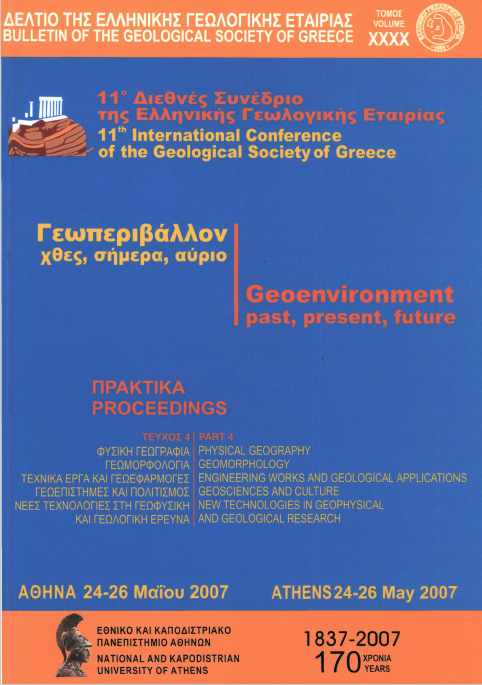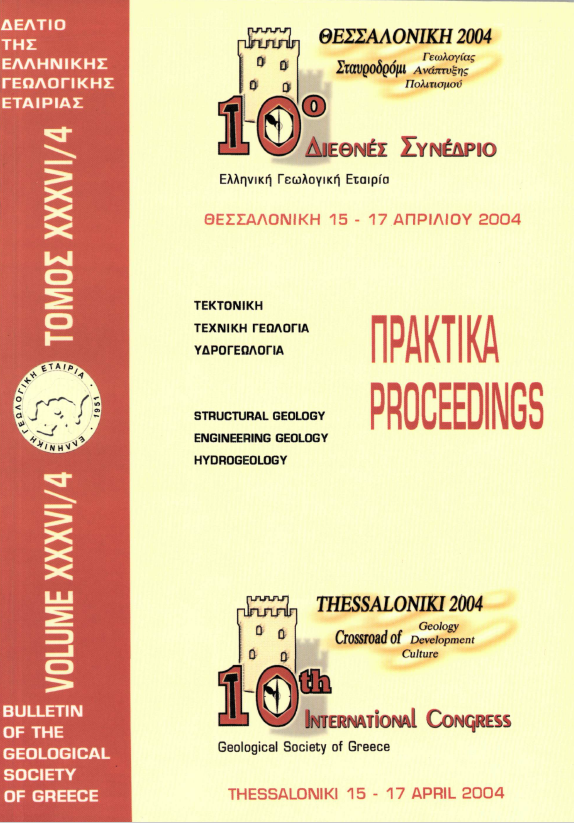Quantitative fault analysis at Arkitsa, Central Greece, using Terrestrial Laser- Scanning ("LIDAR")

Abstract
We applied terrestrial laser scanning (ground-based LiDAR) in the Arkitsa fault zone, an area of active extension along the North Evia Gulf in Central Greece. The study area includes well exposed fault surfaces with large accumulated slip and this allowed detailed measurements of the geometry of the fault planes to be acquired. Laser-scan data enable ultra high-resolution three-dimensional digital terrain models of the recently exposed active fault to be created, in order to apply quantitative fault and slip-vector analysis. This study demonstrates the way in which the Arkitsa Fault is segmented on a smaller scale. The variation in dip and strike across individual fault panels is quantified, and shows the extent to which the fault panel surfaces are non-planar. Although the dip of the different fault panels varies considerably, the average orientation of the slip-vectors on the panels are approximately coincident. The fault is steeply oblique sinistral-normal, with average displacement vector plunging 55° towards 340°.
Article Details
- How to Cite
-
Kokkalas, S., Jones, R. R., McCaffrey, K. W., & Clegg, P. (2007). Quantitative fault analysis at Arkitsa, Central Greece, using Terrestrial Laser- Scanning ("LIDAR"). Bulletin of the Geological Society of Greece, 40(4), 1959–1972. https://doi.org/10.12681/bgsg.17237
- Section
- New Technologies in Geophysical and Geological Research

This work is licensed under a Creative Commons Attribution-NonCommercial 4.0 International License.
Authors who publish with this journal agree to the following terms:
Authors retain copyright and grant the journal right of first publication with the work simultaneously licensed under a Creative Commons Attribution Non-Commercial License that allows others to share the work with an acknowledgement of the work's authorship and initial publication in this journal.
Authors are able to enter into separate, additional contractual arrangements for the non-exclusive distribution of the journal's published version of the work (e.g. post it to an institutional repository or publish it in a book), with an acknowledgement of its initial publication in this journal. Authors are permitted and encouraged to post their work online (preferably in institutional repositories or on their website) prior to and during the submission process, as it can lead to productive exchanges, as well as earlier and greater citation of published work.






